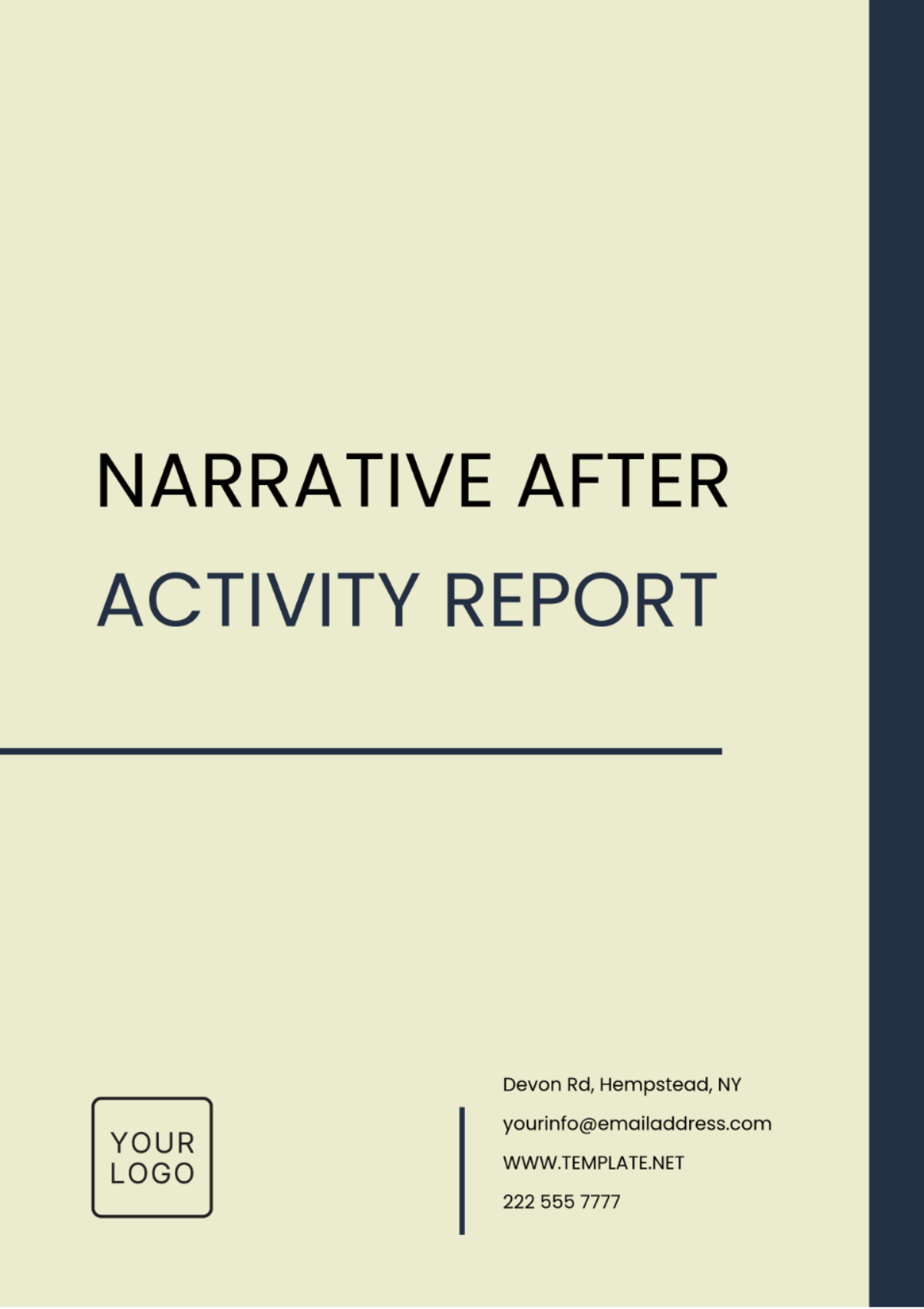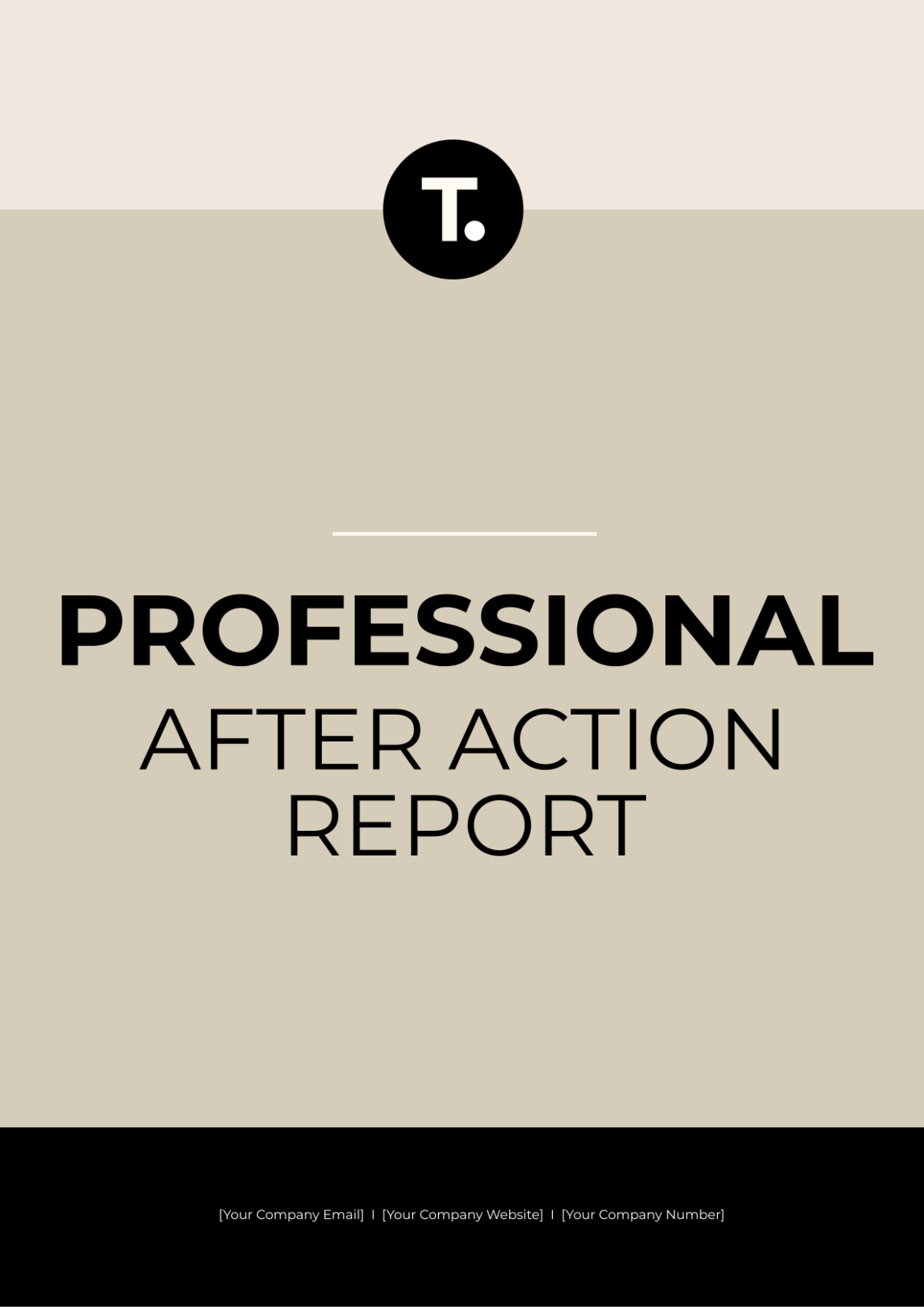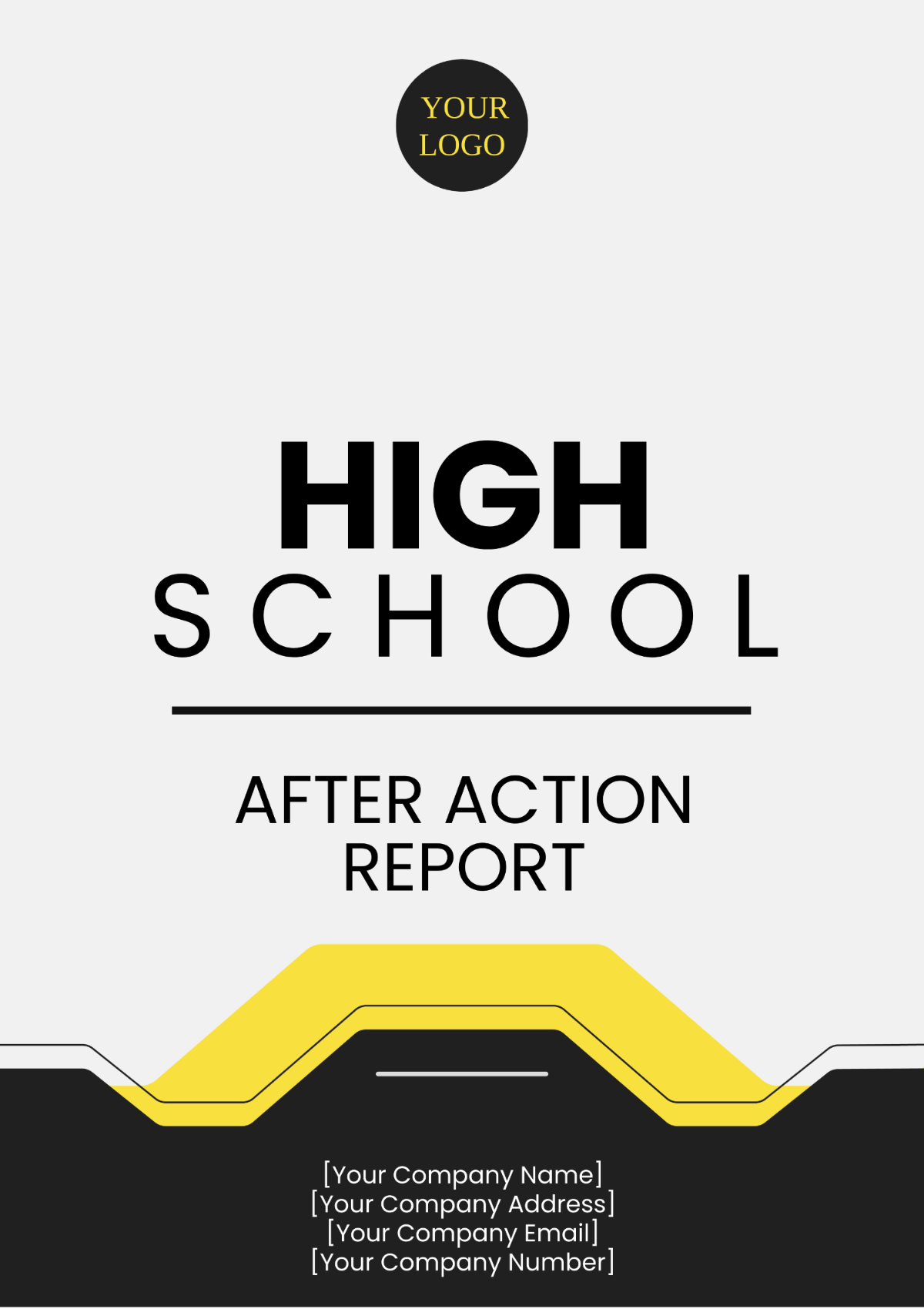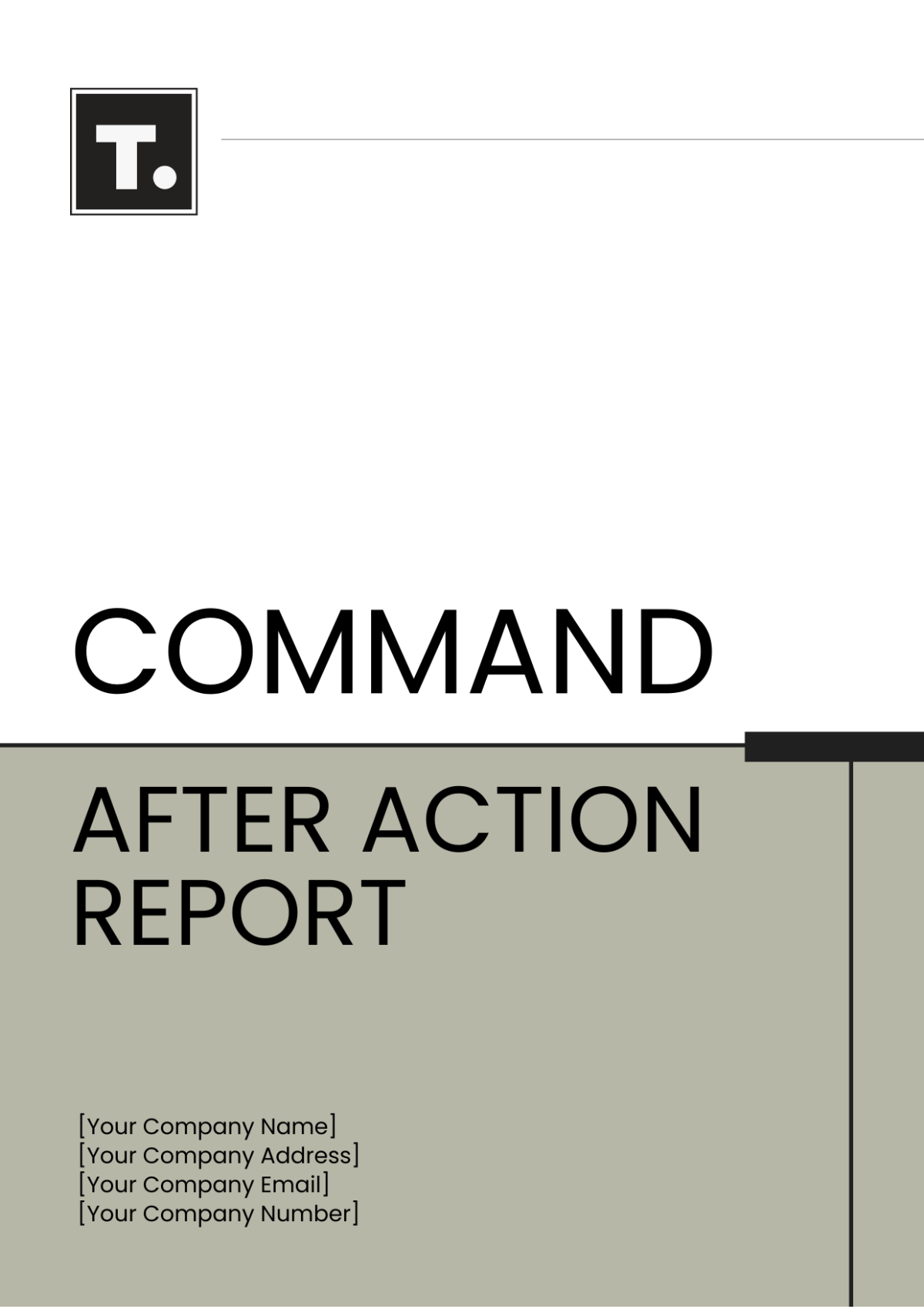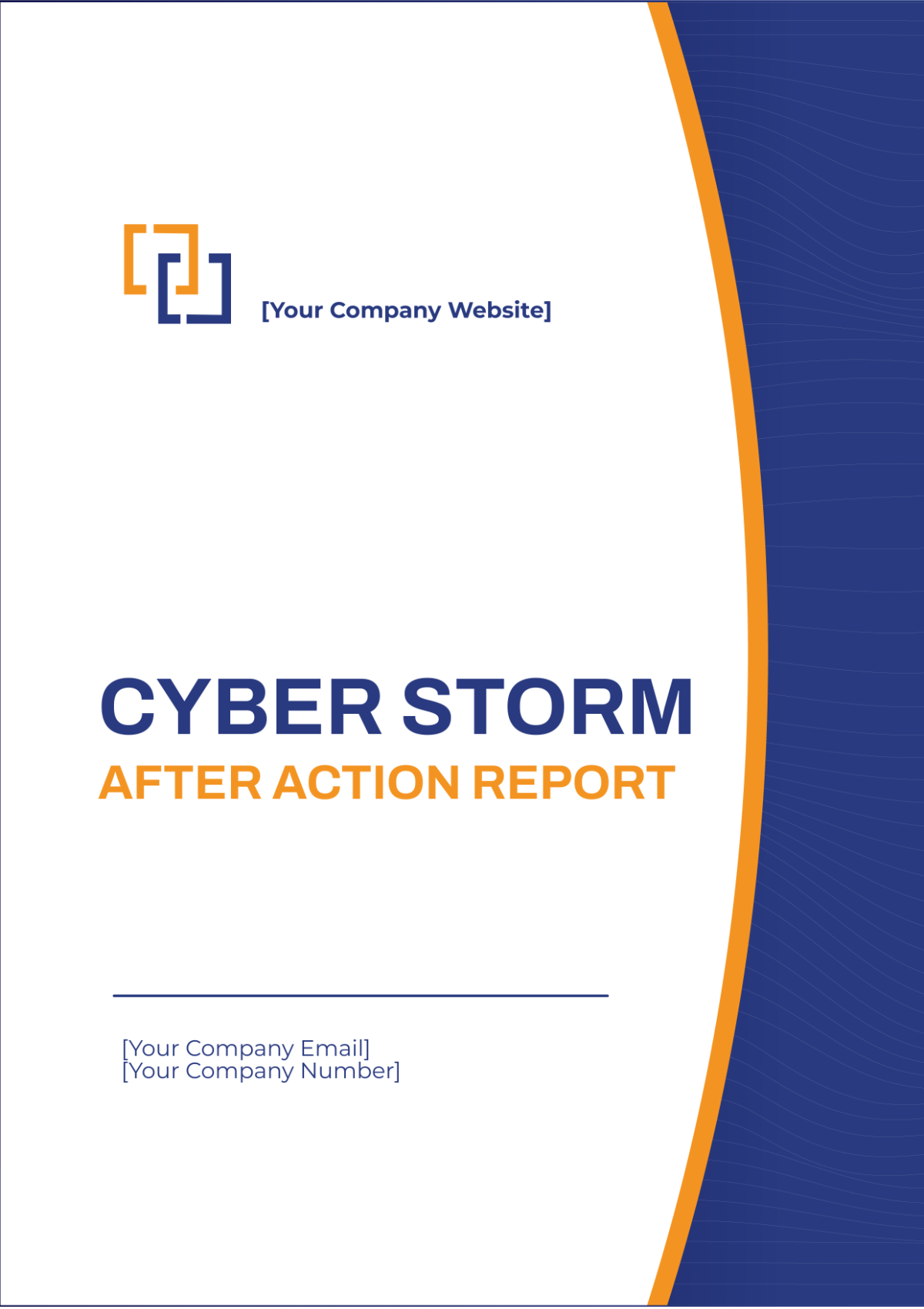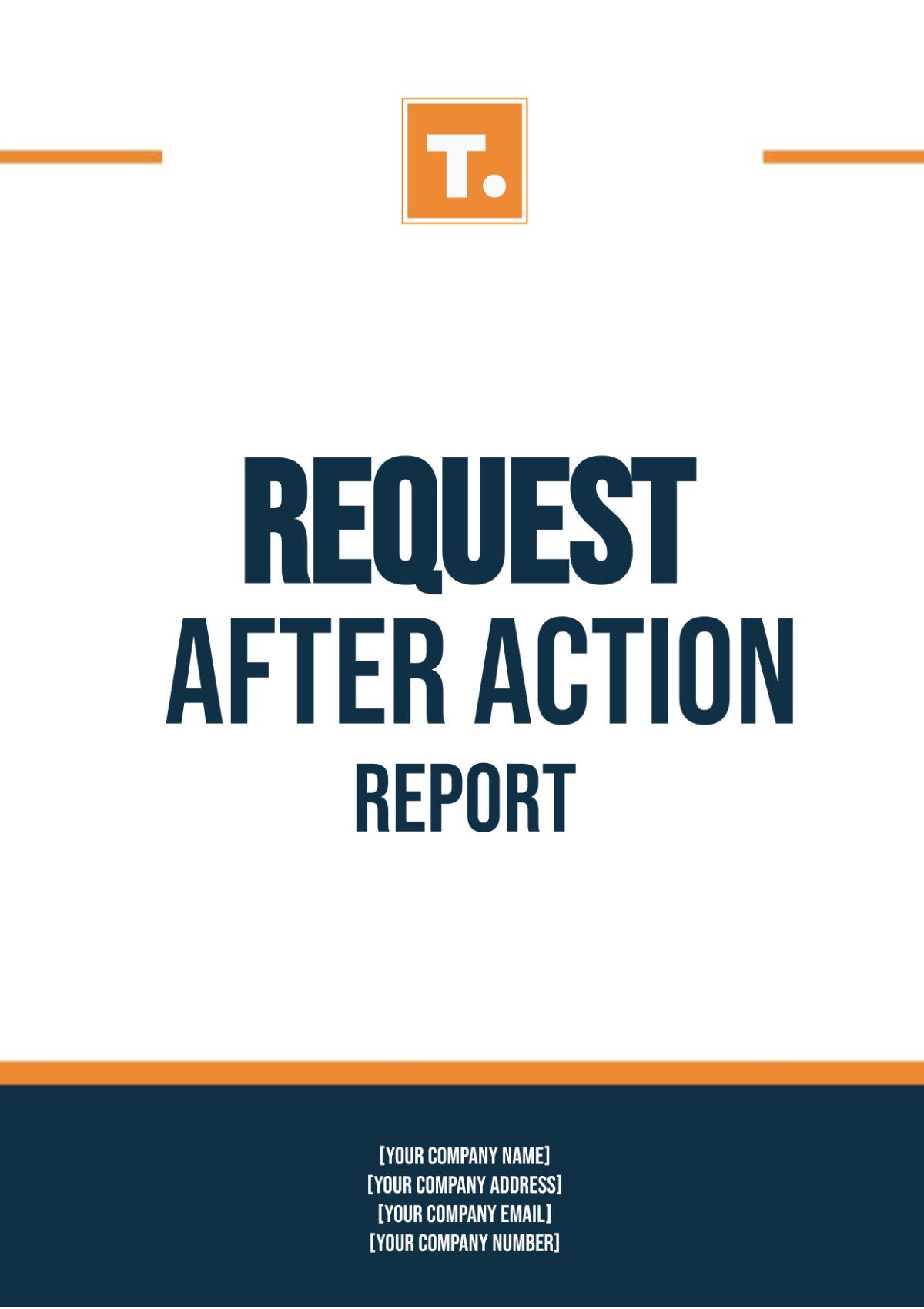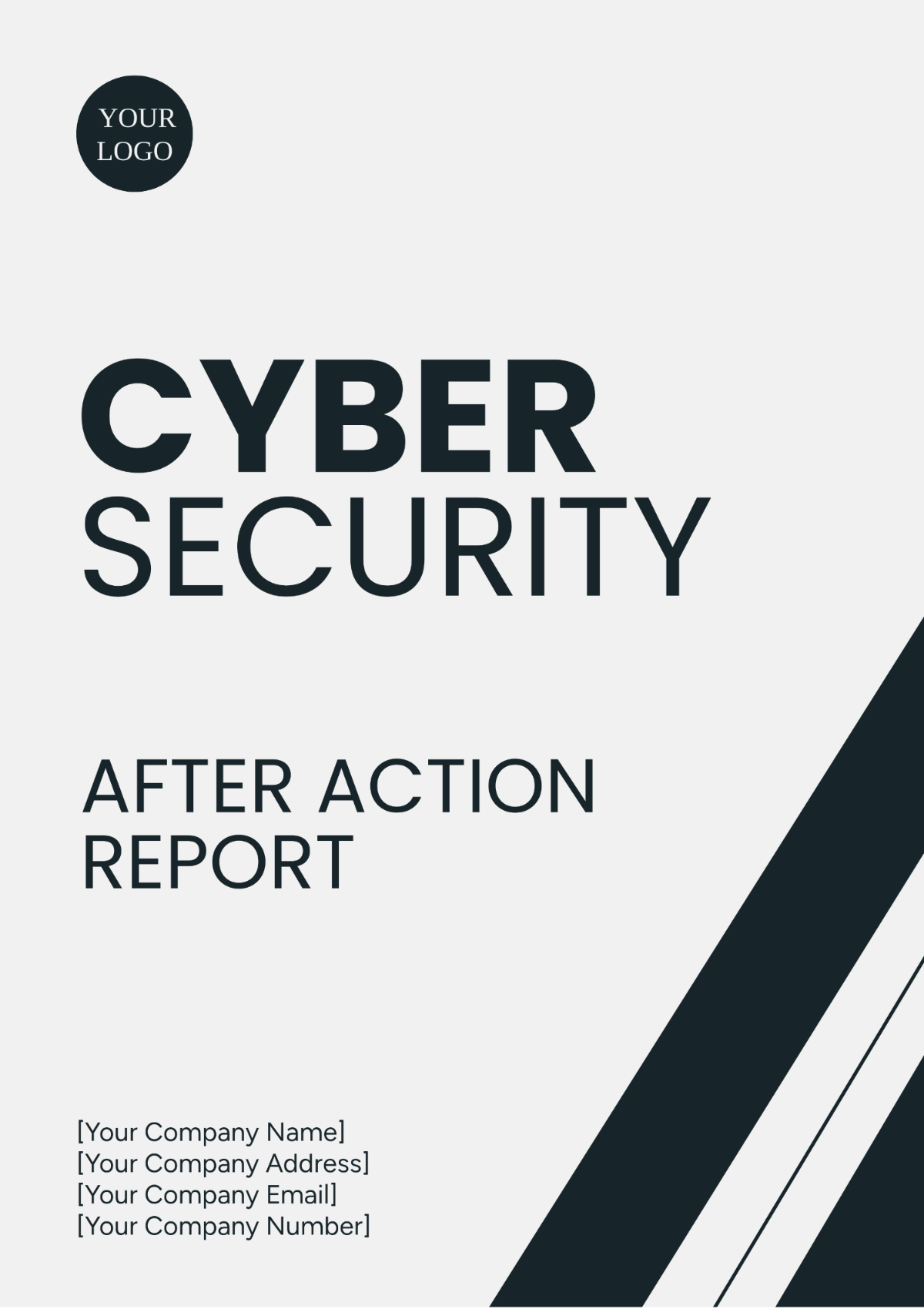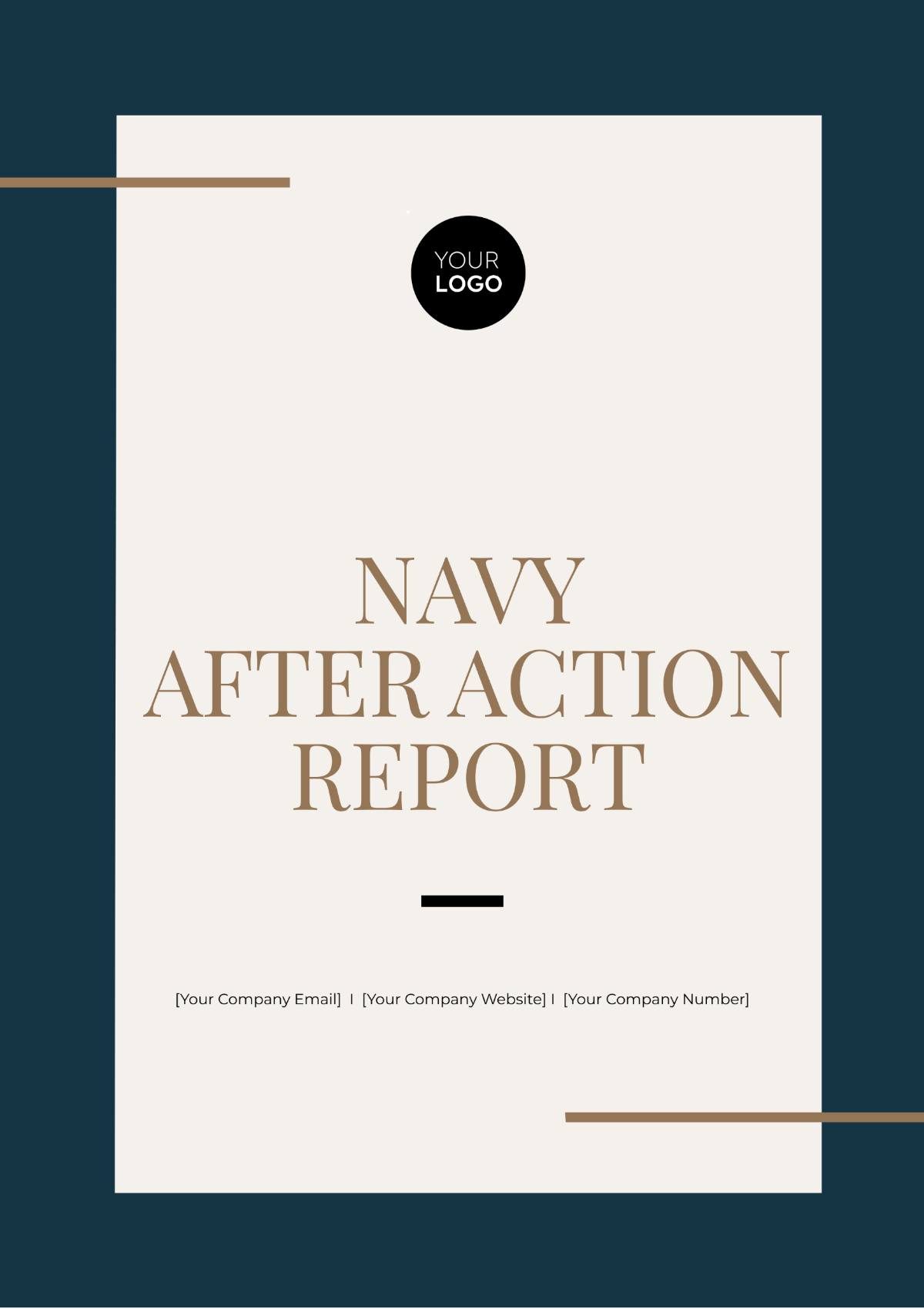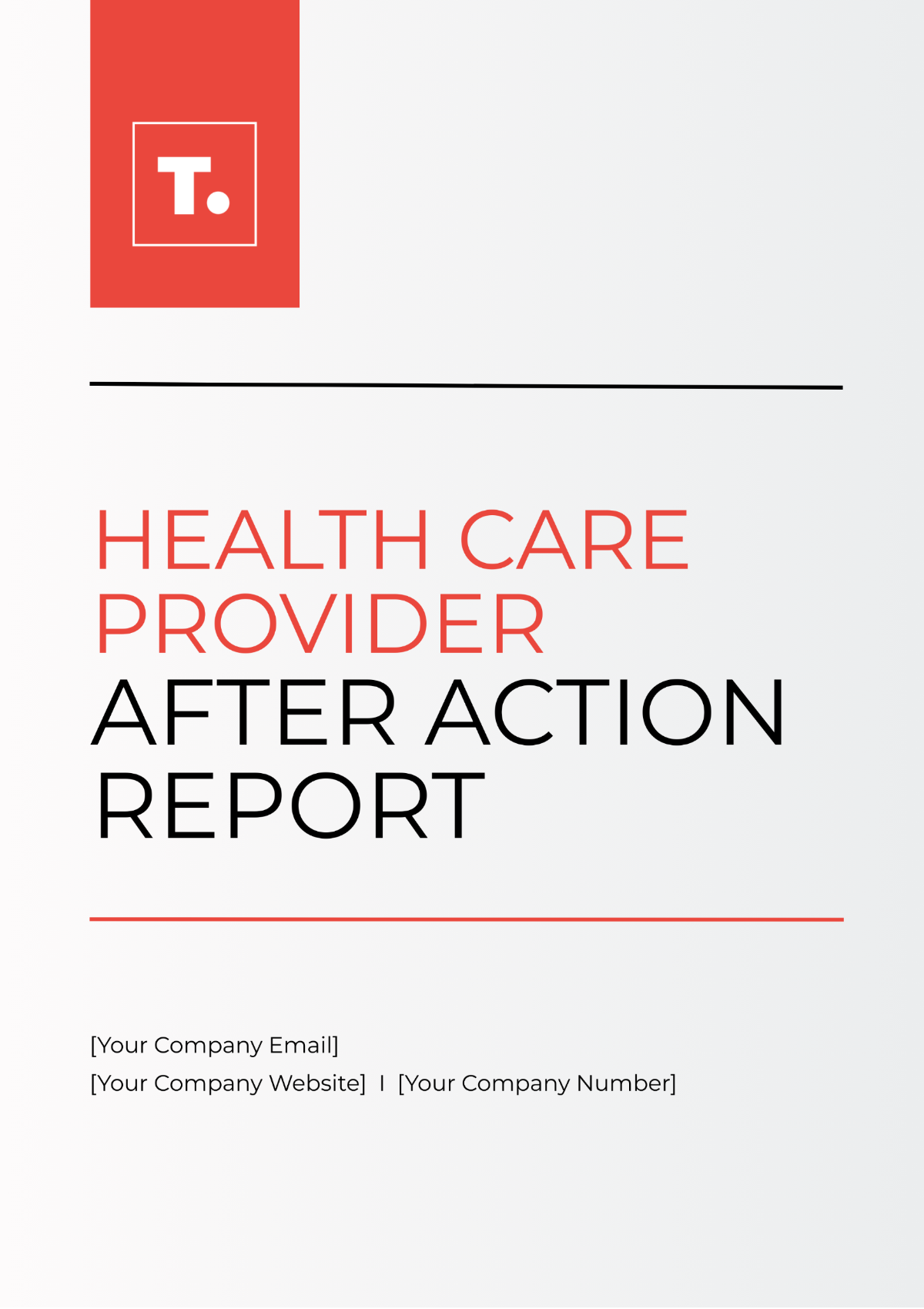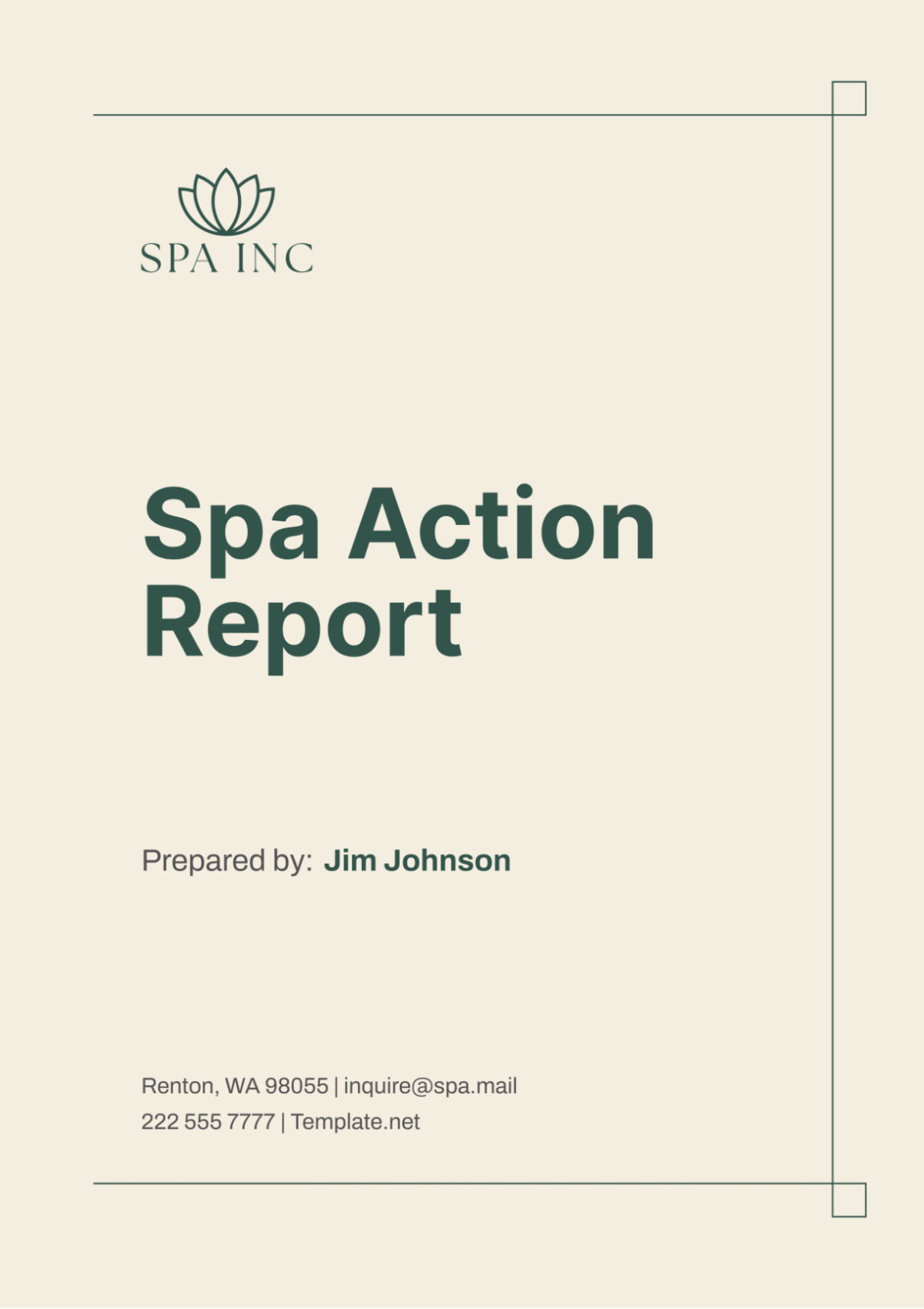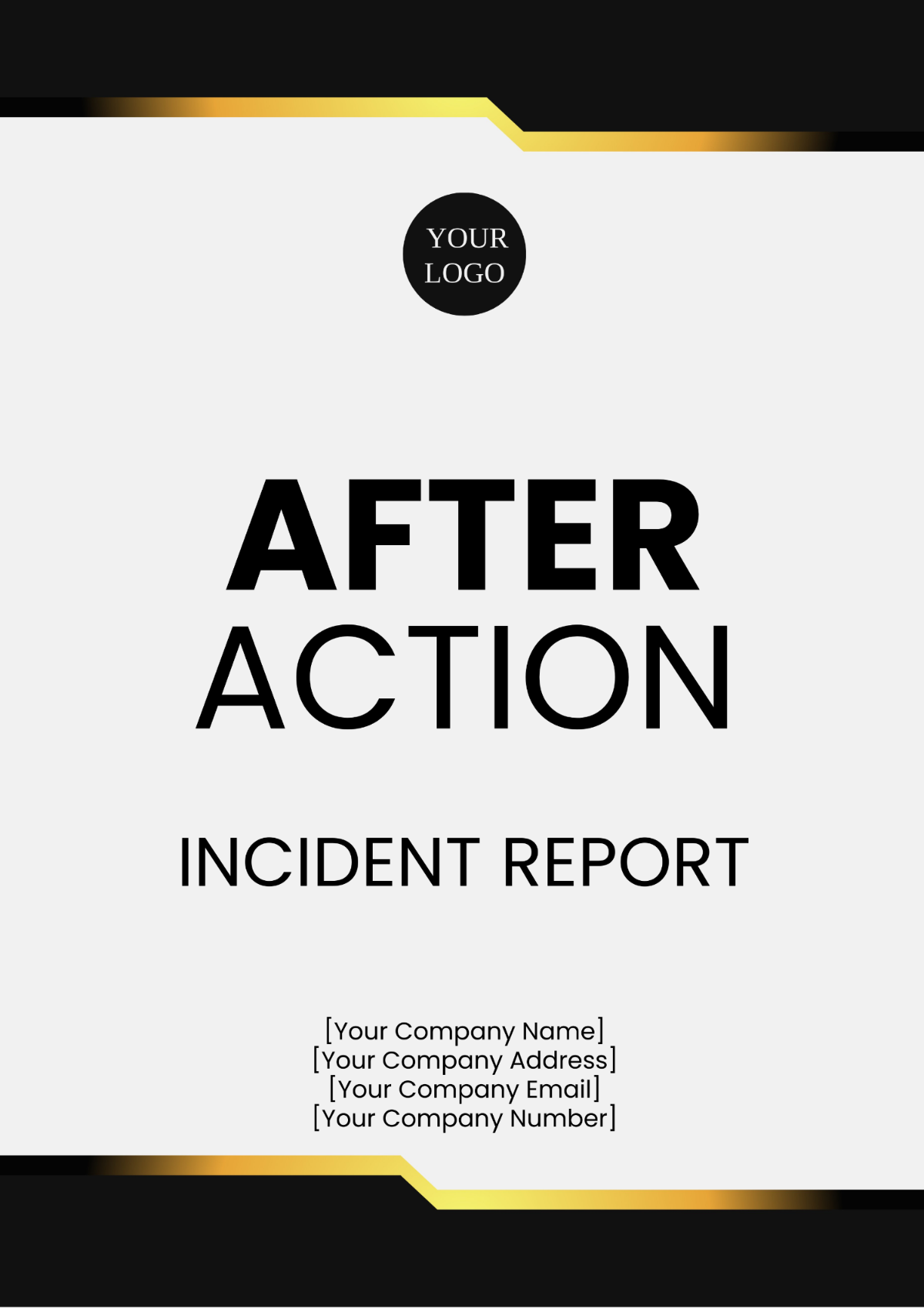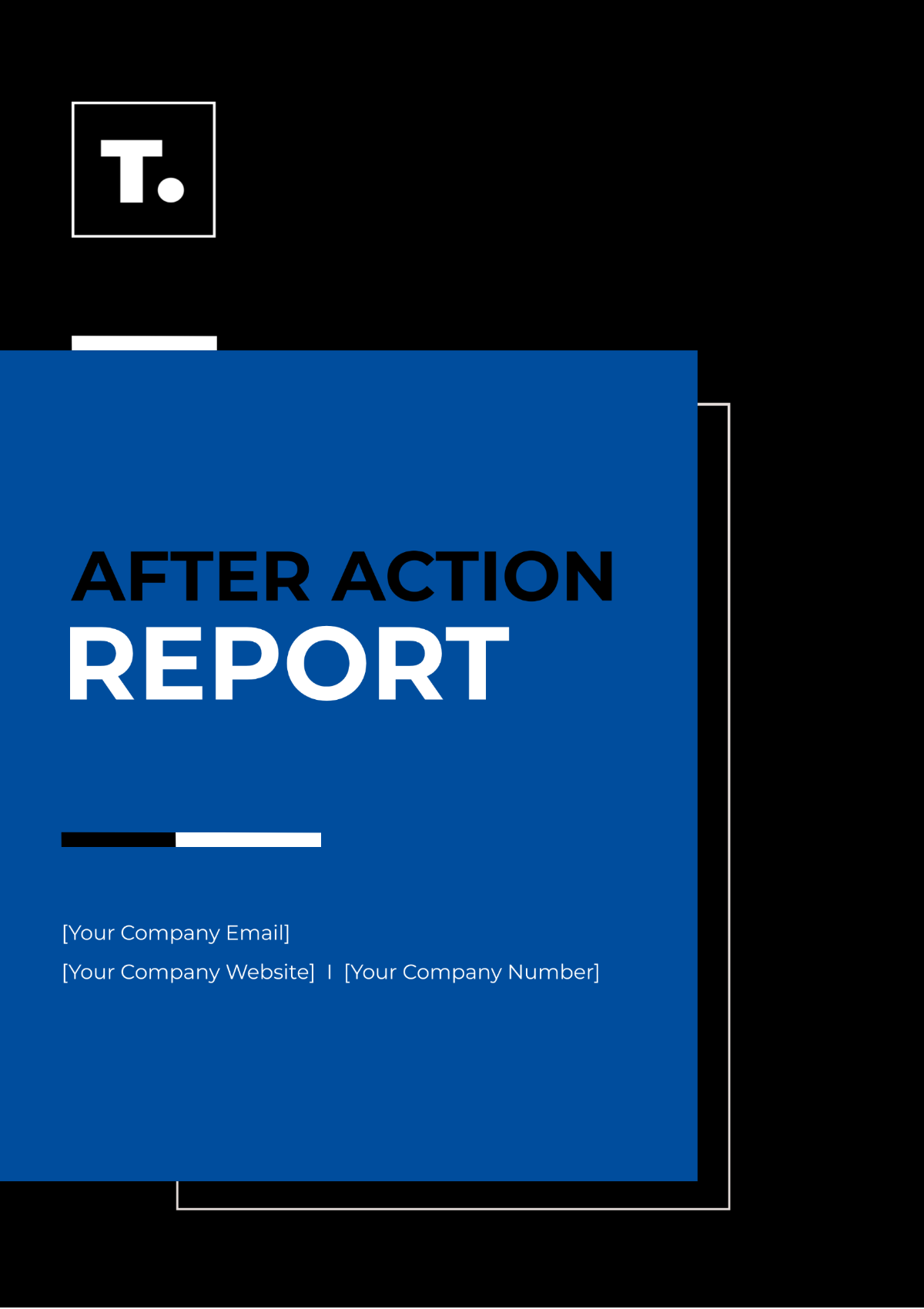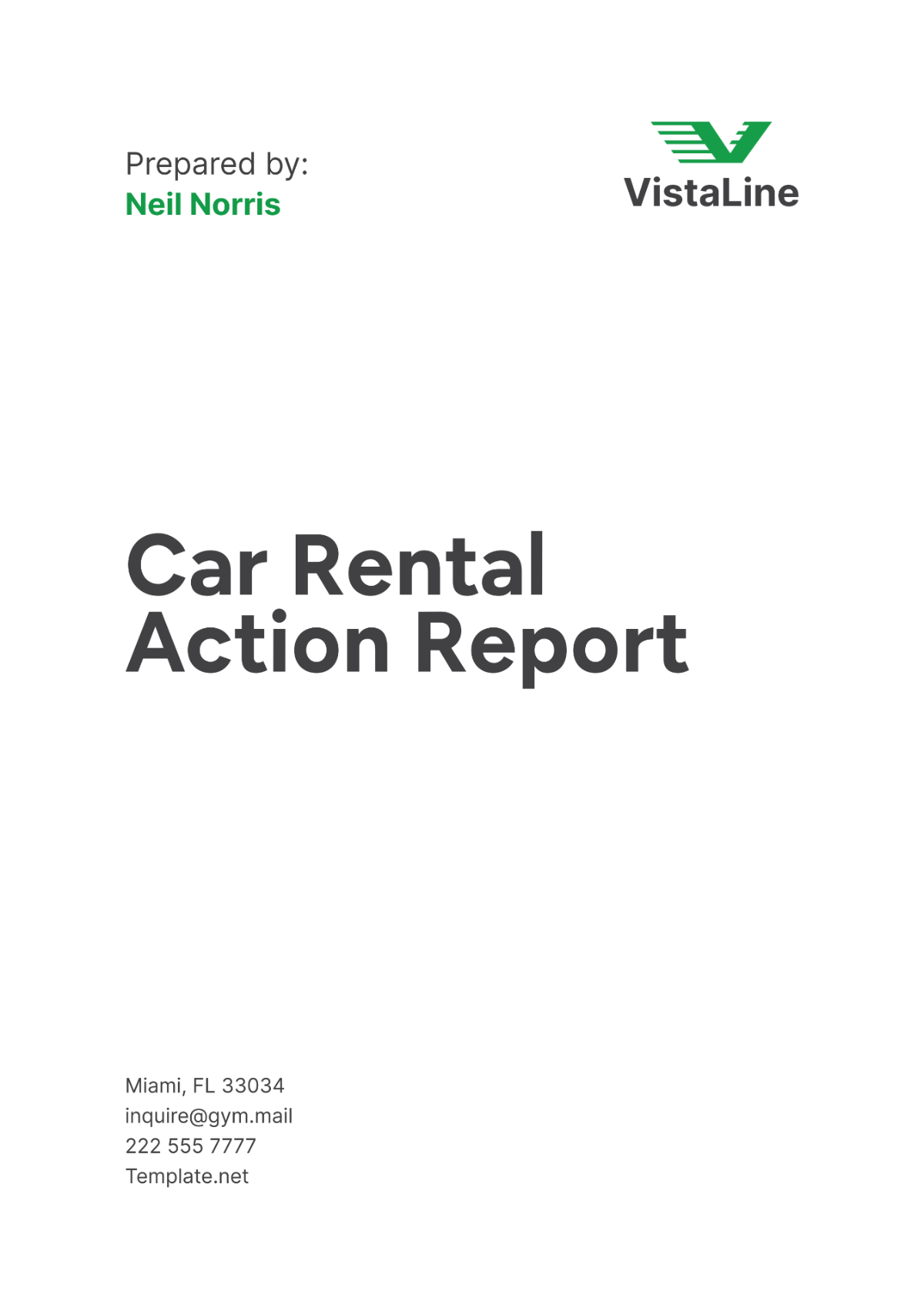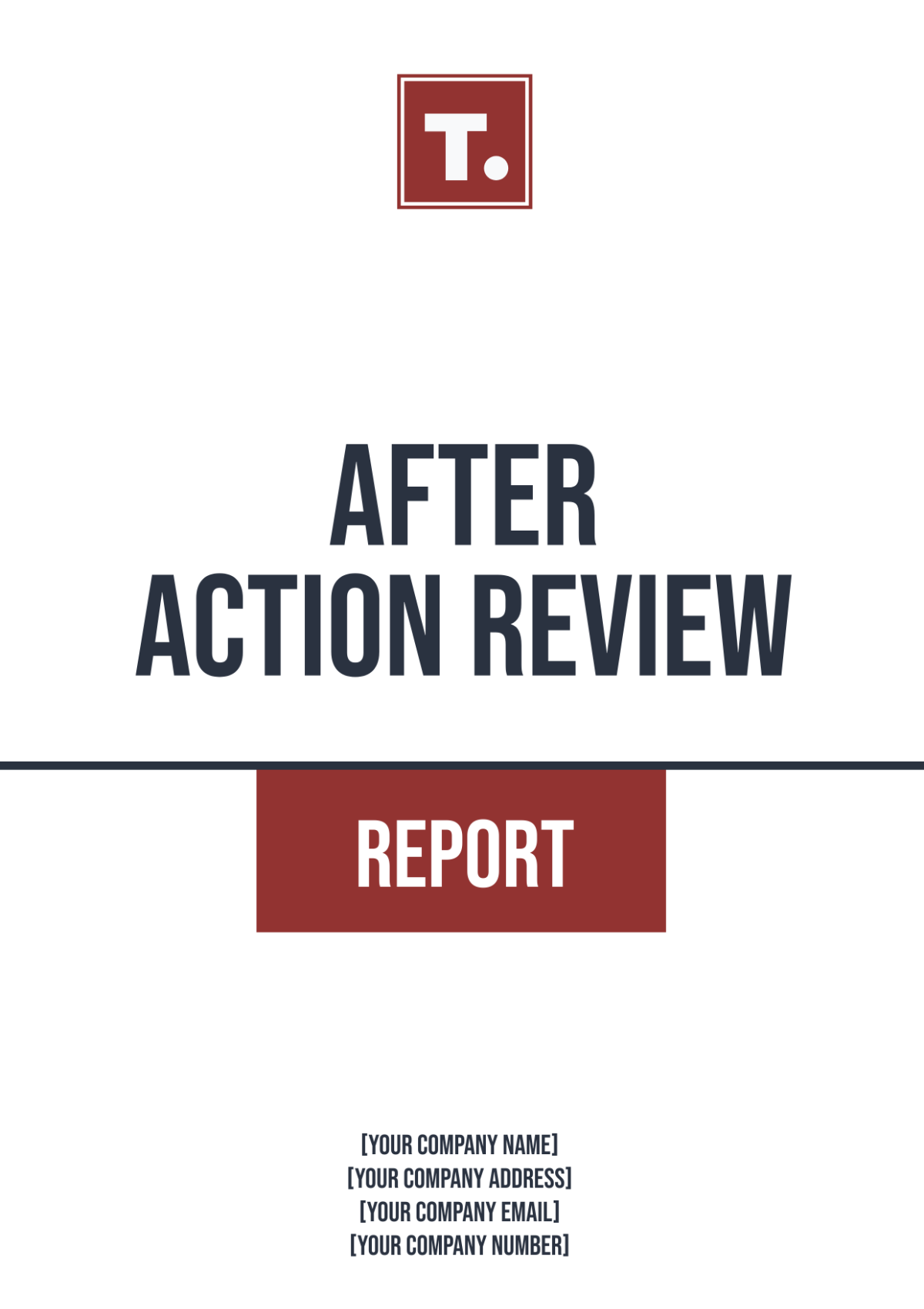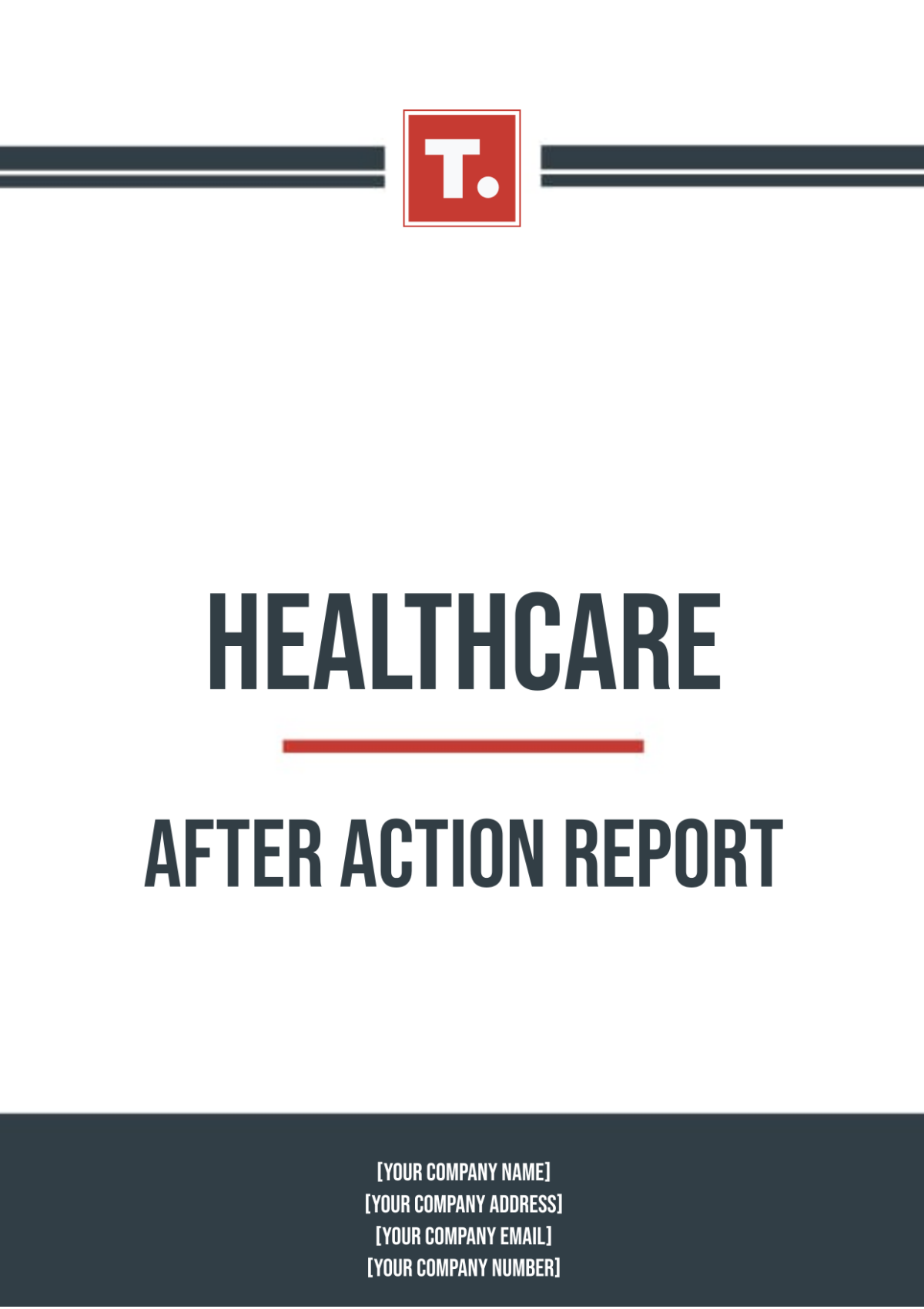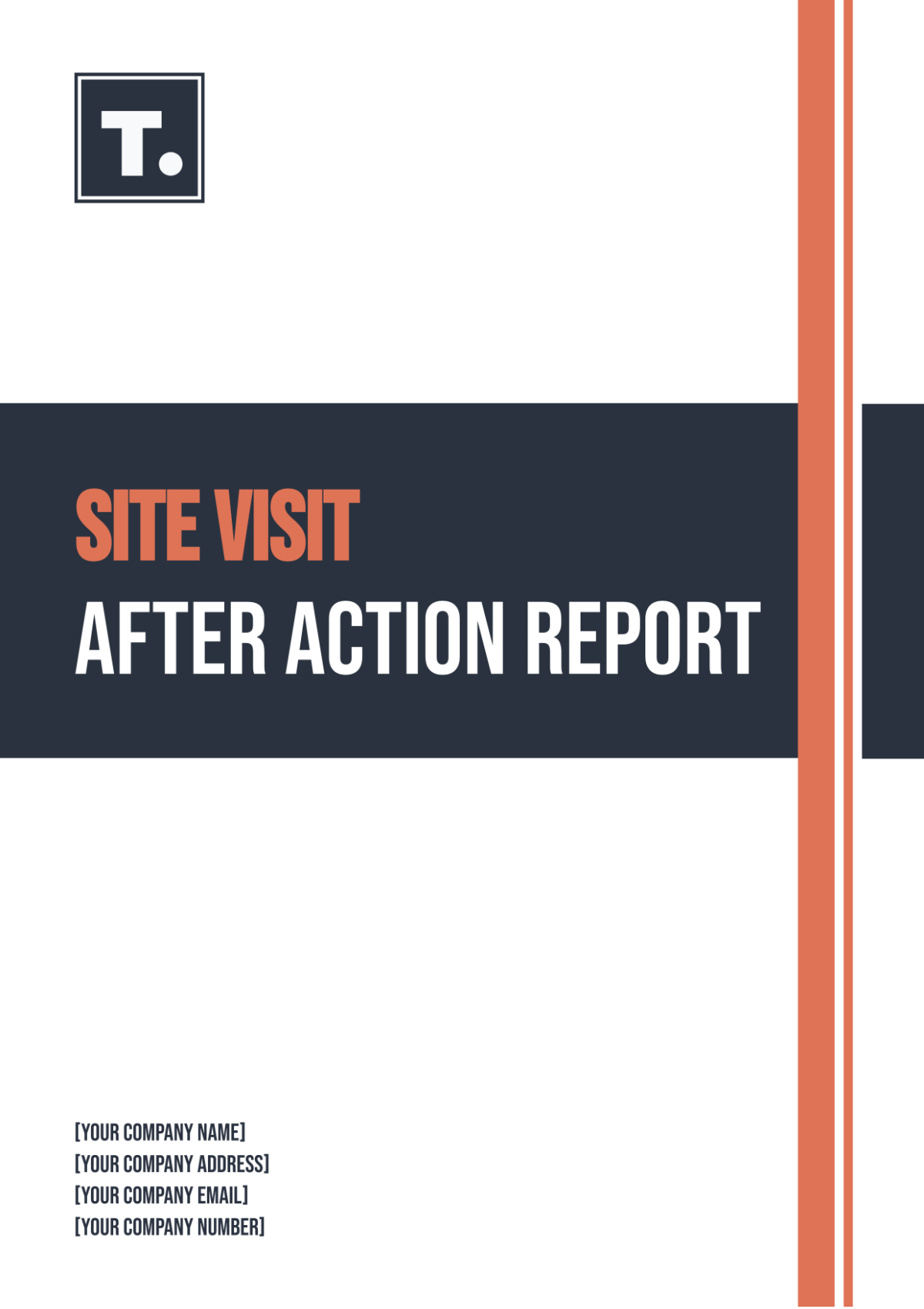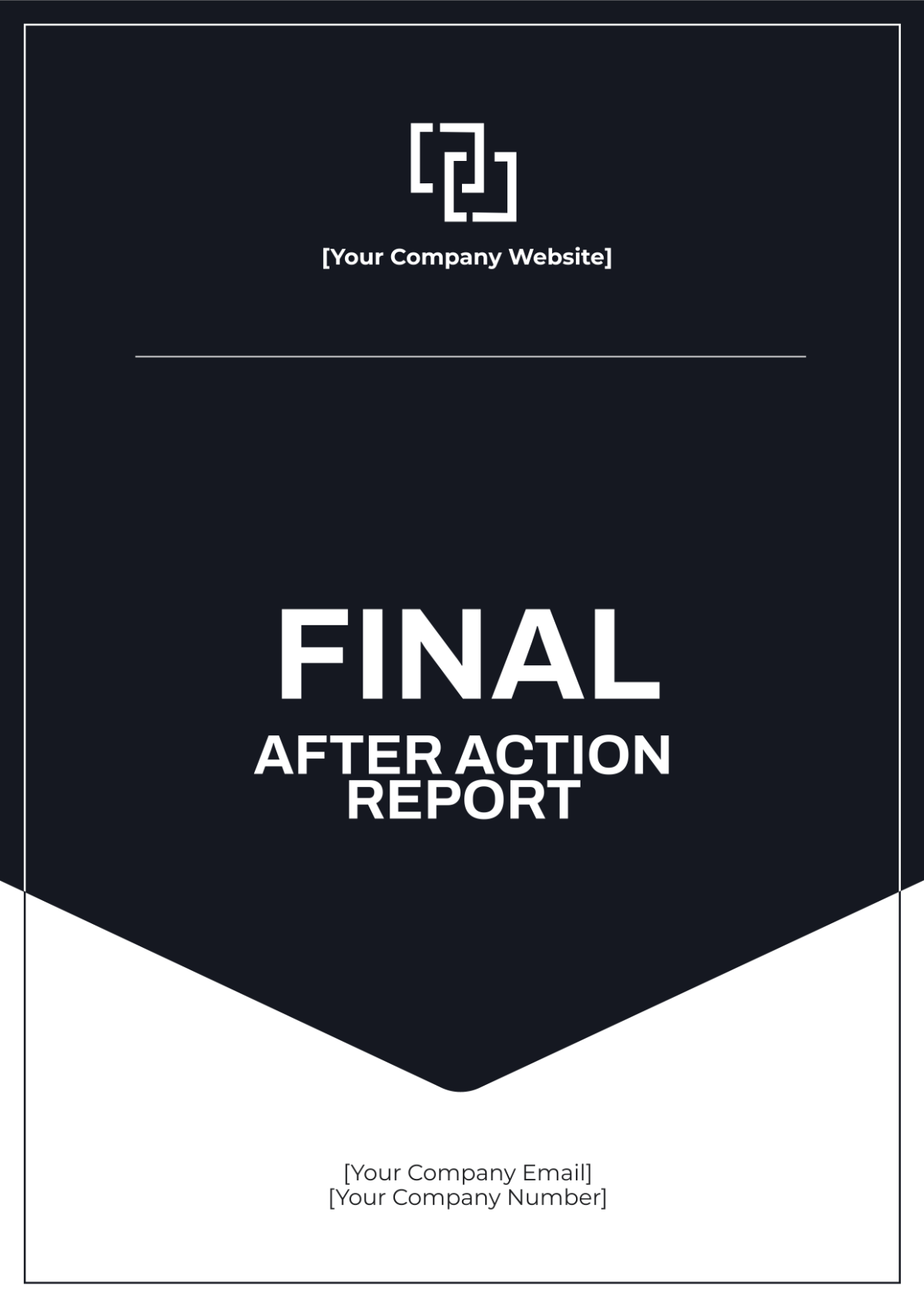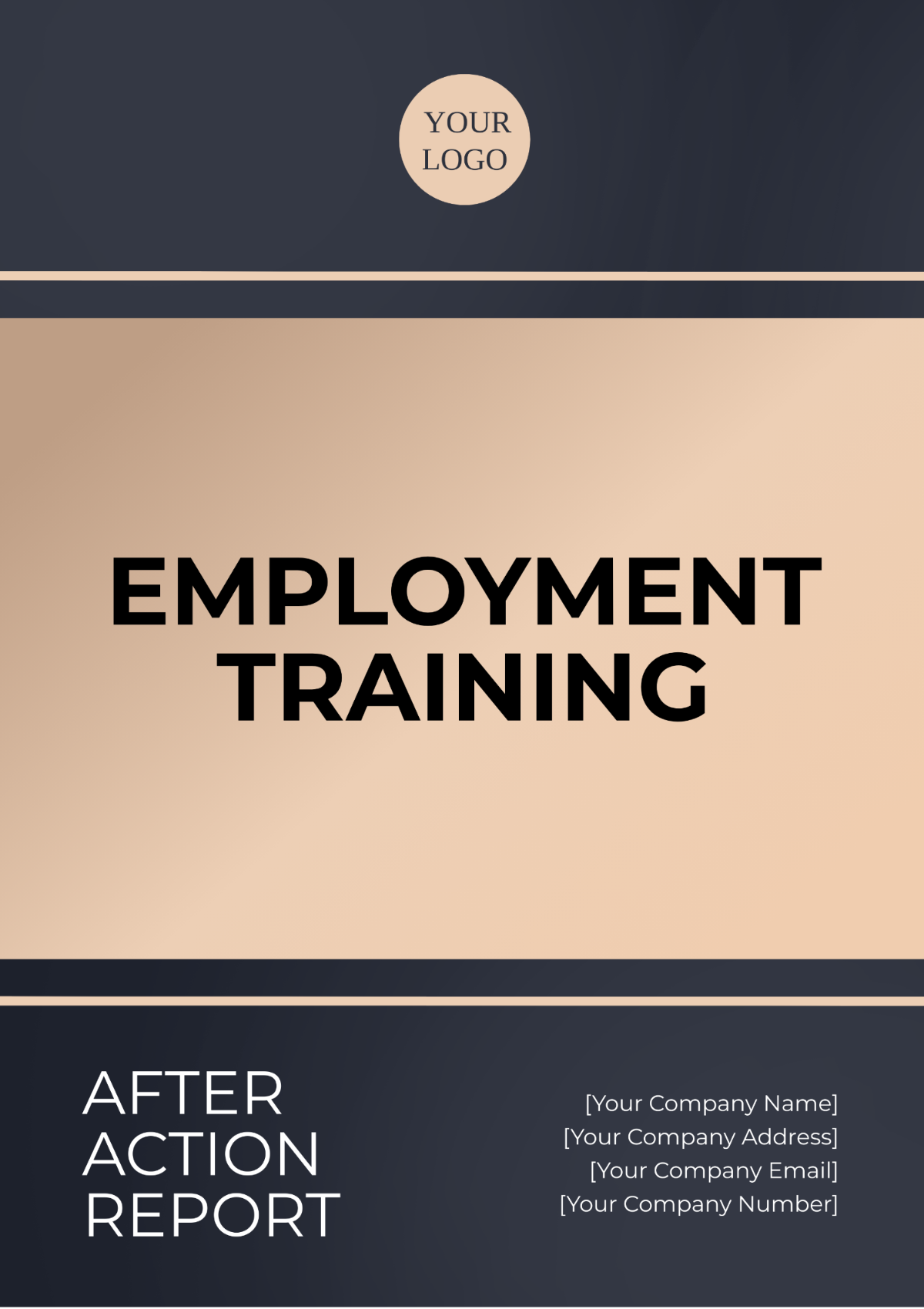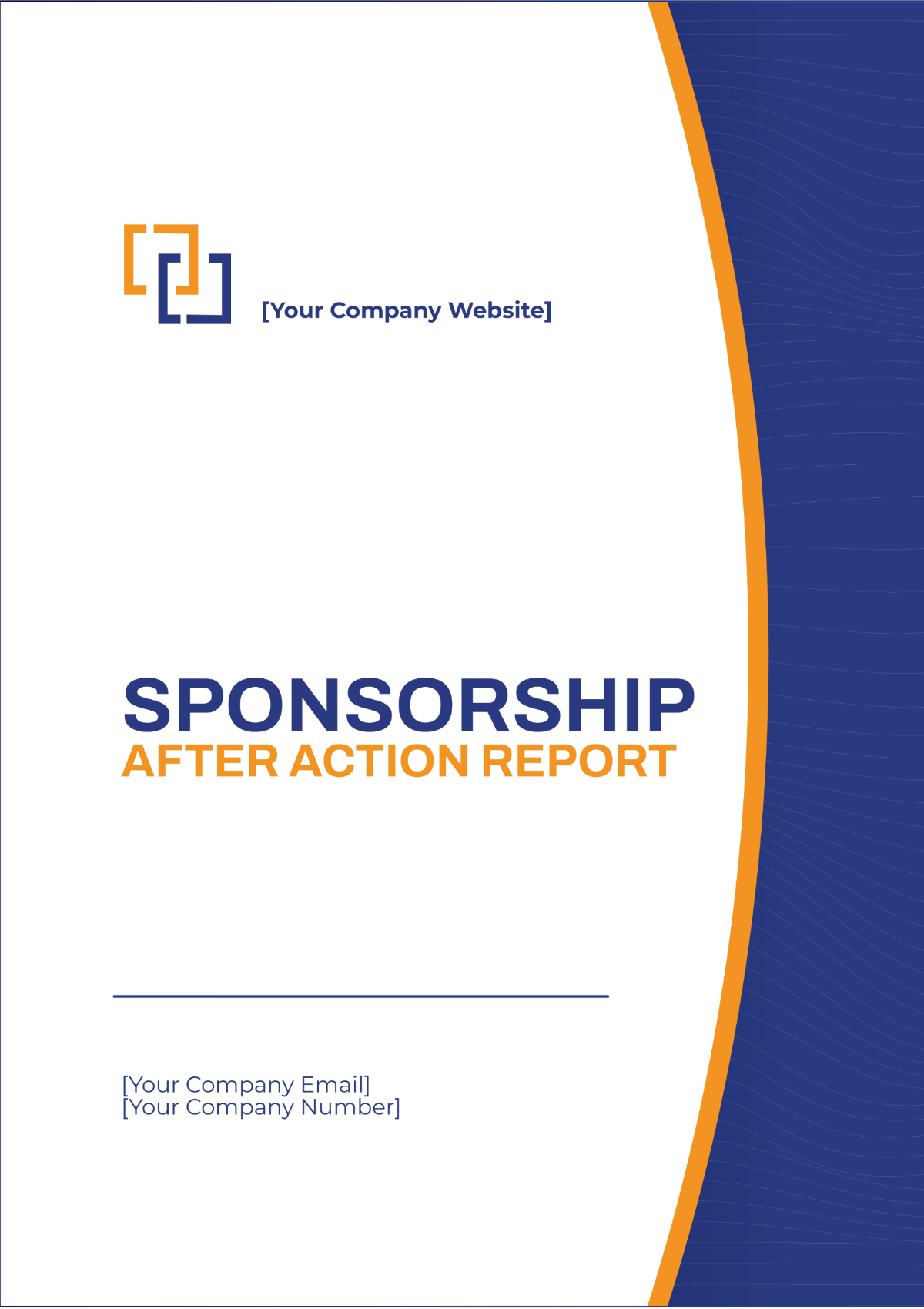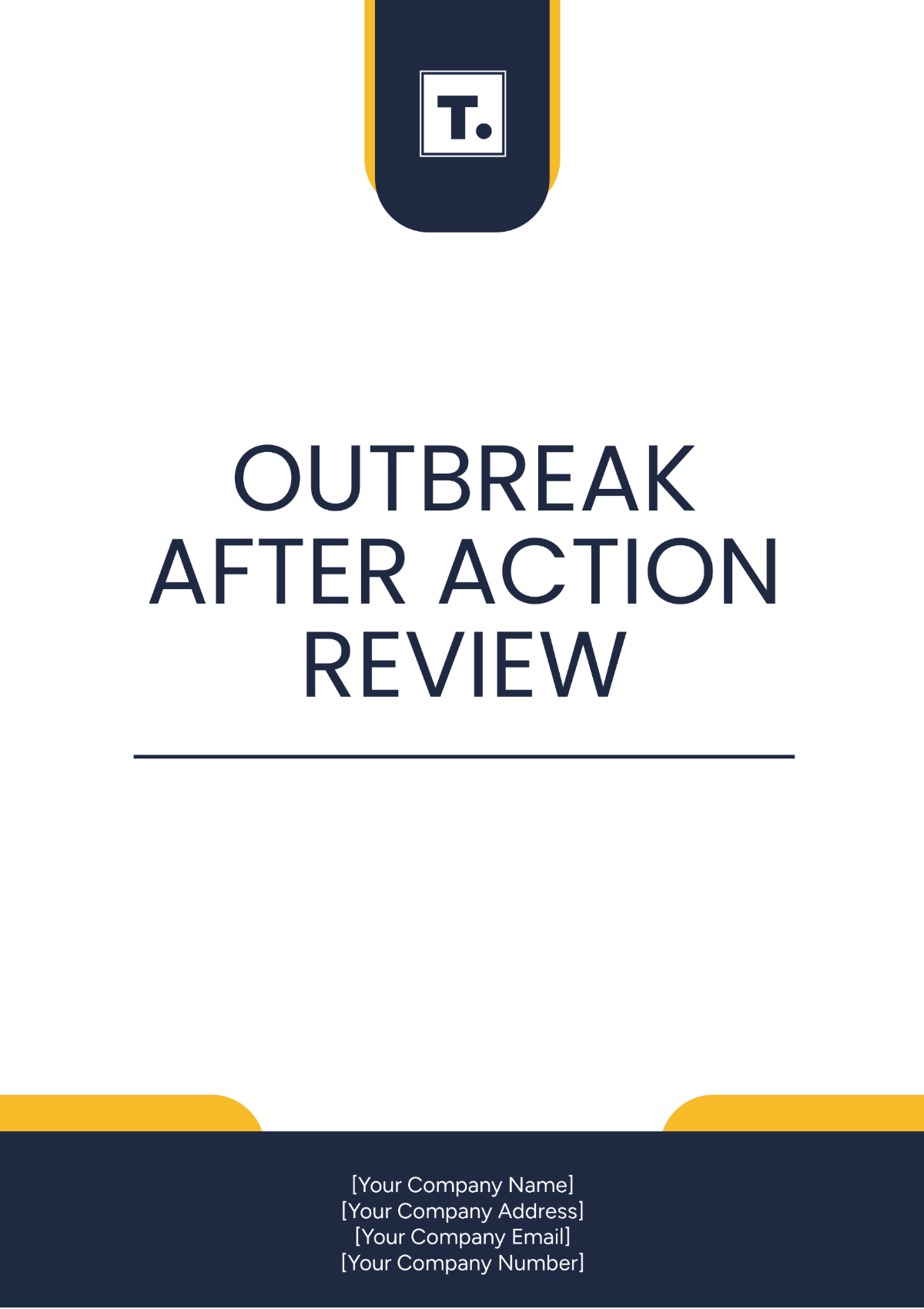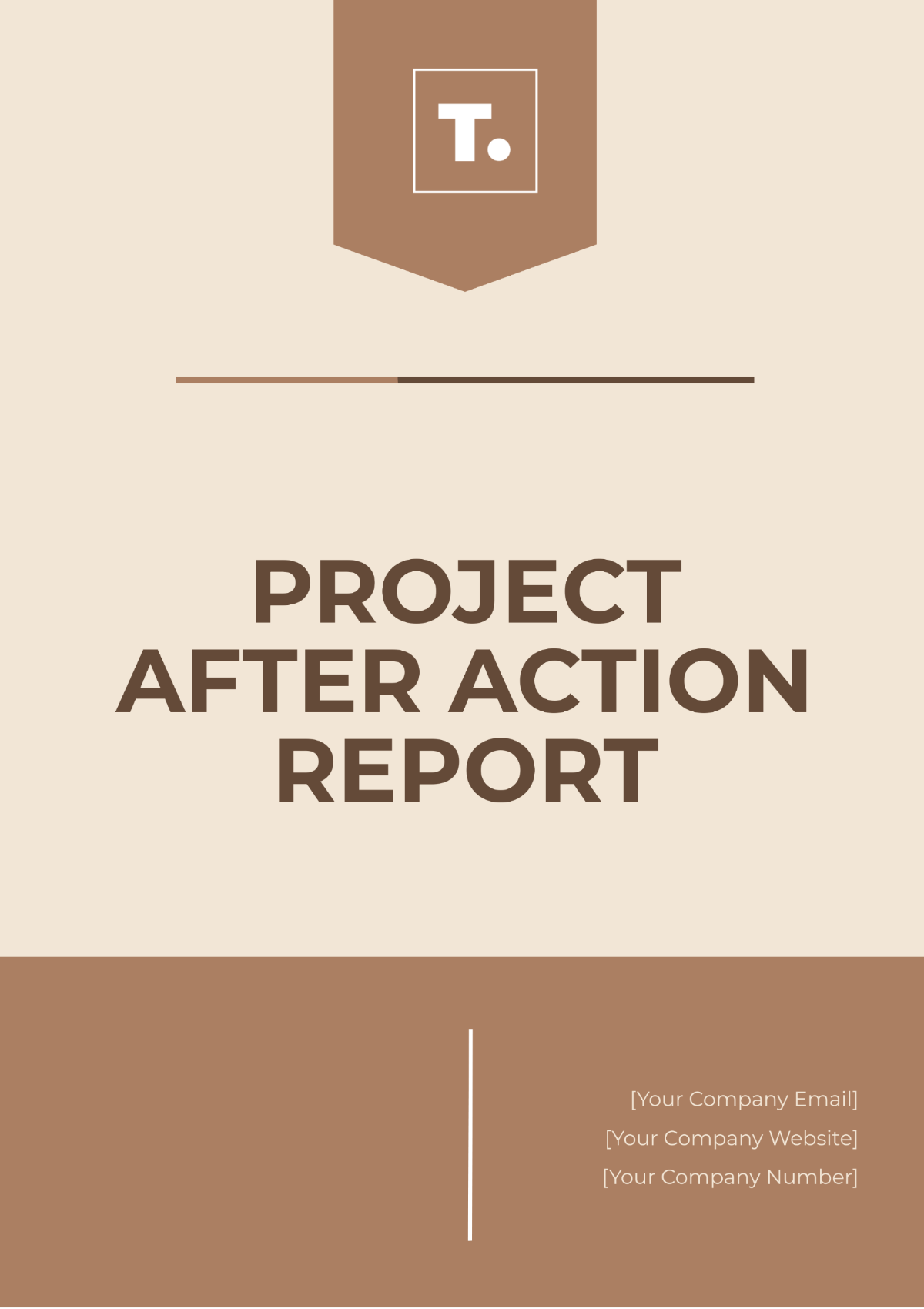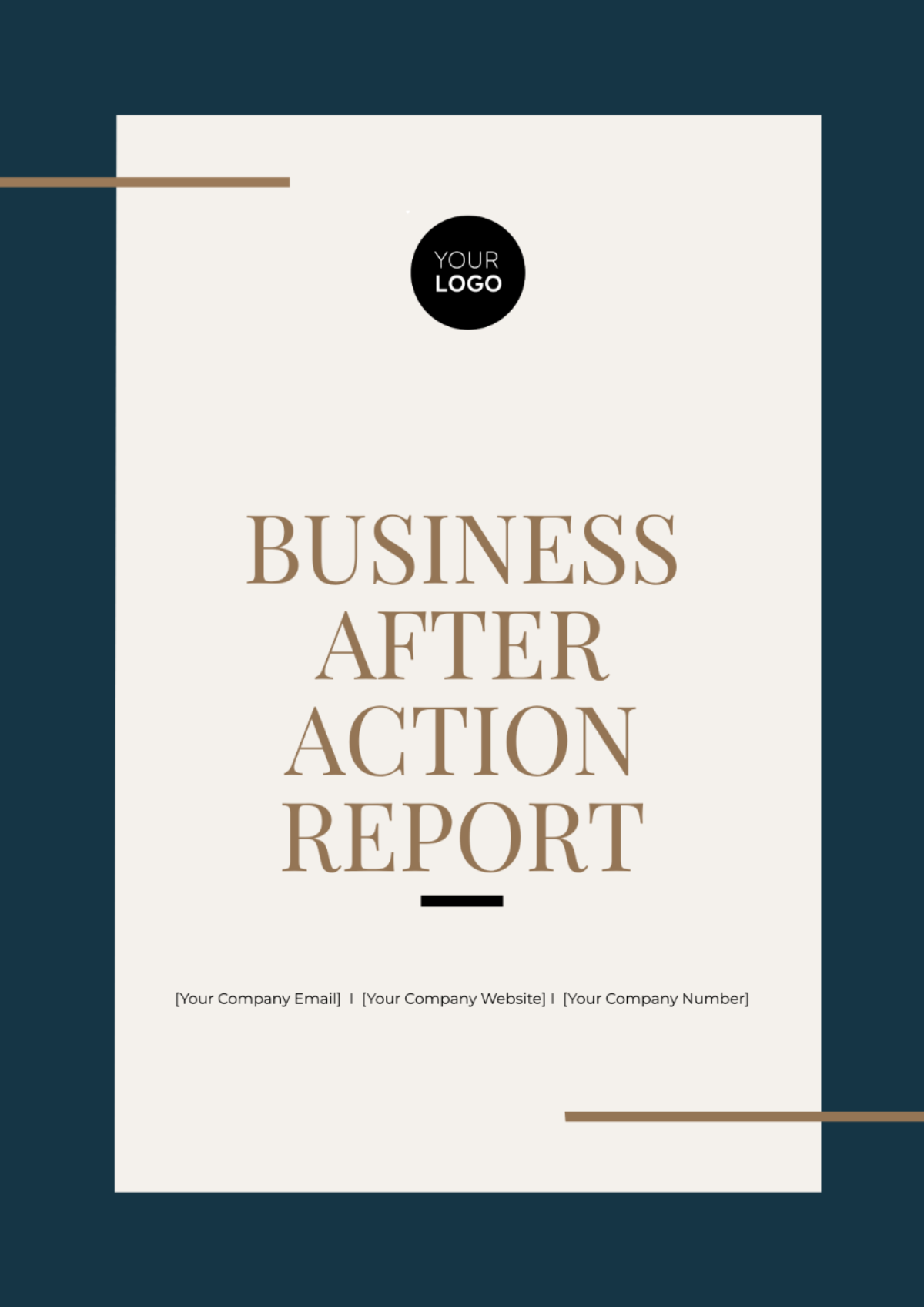Outbreak After Action Report
I. Introduction
This Outbreak After Action Report, [YOUR COMPANY NAME], evaluates the response to the HZN-17 Virus outbreak that occurred in [CITY NAME], starting in July 2050. The report aims to assess the effectiveness of preparedness measures and response actions taken by the stakeholders involved.
II. Executive Summary
The outbreak of the HZN-17 Virus presented significant challenges to public health infrastructure in [CITY NAME]. Key findings include:
[YOUR COMPANY NAME] coordinated with local health authorities to deploy rapid response teams.
Early detection and containment efforts were successful in limiting the initial spread.
Challenges included shortages of personal protective equipment (PPE) and initial coordination difficulties among response agencies.
III. Objectives
The objectives of this report are:
To analyze the strengths and weaknesses of the outbreak response.
To provide actionable recommendations for improving future outbreak preparedness and response efforts.
To document lessons learned for training purposes and institutional memory.
IV. Methodology
[YOUR COMPANY NAME] conducted interviews with key stakeholders involved in the response.
Data collection included reviewing incident reports and daily situational updates.
Analysis focused on response timelines, resource allocation, and communication effectiveness.
V. Findings
A. Response Effectiveness
Early Detection and Containment:
Rapid deployment of testing kits enabled early identification of HZN-17 Virus cases.
Isolation and quarantine measures effectively contained initial clusters.
Table I: Summary of Cases and Response Timeline
Date | Event Description | Actions Taken |
|---|---|---|
July 1 | First case of the HZN-17 Virus reported | Immediate isolation and contact tracing initiated |
July 3 | Local hospitals report increased admissions | Additional medical staff deployed; surge capacity activated |
July 5 | Outbreak declared a public health emergency | Public health advisories issued; community outreach began |
July 10 | Peak of new cases observed | Mass testing centers established; quarantine enforcement |
July 15 | Cases start to decline | Enhanced sanitation protocols implemented in public spaces |
Resource Management:
[YOUR COMPANY NAME] assisted in procuring additional PPE and medical supplies.
Resource allocation challenges led to temporary shortages of critical supplies.
Table II: Resource Allocation and Utilization
Resource Type | Quantity Used/Allocated | Challenges Faced | Recommendations |
|---|---|---|---|
Personal Protective Equipment (PPE) | 10,000 units | Initial shortages; distribution logistics | Increase stockpile; streamline distribution |
Testing Kits | 5,000 kits | Delays in procurement; variable accuracy | Diversify suppliers; enhance quality control |
Medical Staff | 200 additional personnel | Staff burnout; deployment coordination | Develop rotation schedules; provide mental health support |
B. Coordination and Communication
Interagency Collaboration:
Initial coordination challenges were mitigated through regular interagency meetings.
Information sharing improved as communication protocols were established.
Public Communication:
[YOUR COMPANY NAME] supported public health campaigns to educate the community about preventive measures.
Clear and consistent messaging helped mitigate misinformation and panic.
VI. Recommendations
Based on the findings, the following recommendations are proposed:
Enhance stockpiling of PPE and medical supplies for future outbreaks.
Conduct regular interagency drills to improve coordination and response times.
Strengthen community engagement strategies to enhance public compliance with preventive measures.
Table III: Lessons Learned and Recommendations
Lessons Learned | Recommendations |
|---|---|
Early detection crucial; rapid response effective | Enhance surveillance systems and data sharing |
Communication challenges impact public compliance | Implement clear communication protocols and channels |
Resource management critical during surge situations | Establish robust supply chain management strategies |
VII. Conclusion
In conclusion, the response to the HZN-17 Virus outbreak demonstrated both strengths and areas for improvement. [YOUR COMPANY NAME] acknowledges the efforts of all stakeholders involved and commits to implementing the recommendations outlined in this report to enhance future outbreak preparedness and response capabilities.
